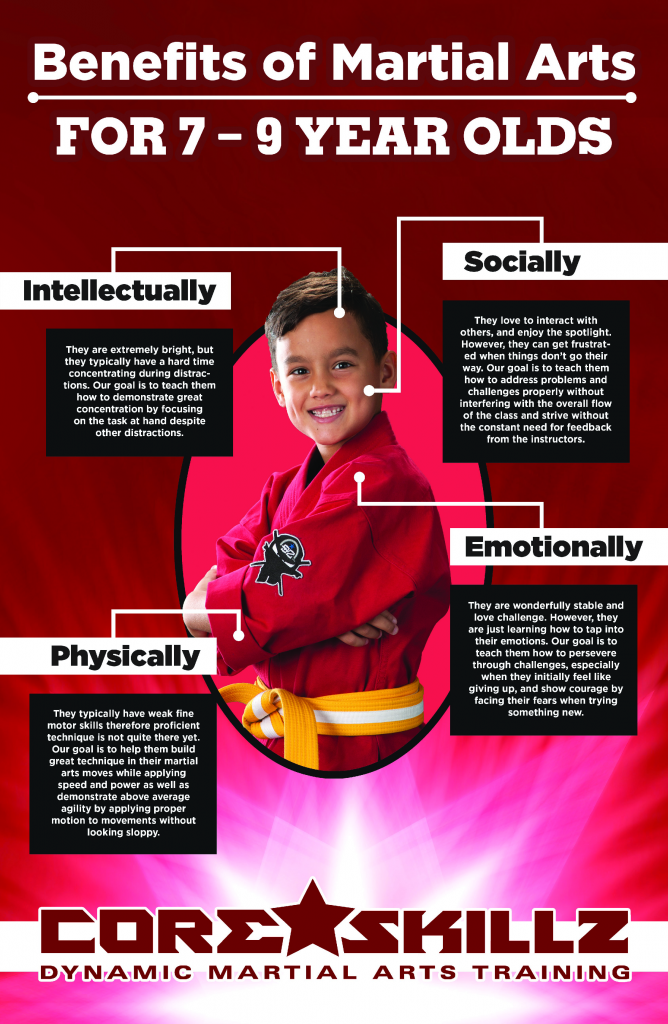Recognizing The Essential Differences Between Traditional Martial Arts And Modern Fight Sports
Recognizing The Essential Differences Between Traditional Martial Arts And Modern Fight Sports
Blog Article
Post Writer-Keith Burch
When you think of martial arts, do you lean much more towards the typical techniques or the modern-day battle sporting activities? Each course uses unique advantages and experiences, formed by their ideologies and training techniques. Standard martial arts highlight personal development and discipline, while modern-day combat sporting activities concentrate on competitors and performance. Understanding these differences can assist you in selecting the best strategy for your journey. But exactly how do these differences show up in training and philosophy?
The Ideology and Background Behind Typical Martial arts
While many individuals associate martial arts with physical combat, the ideology and background behind typical martial arts run much deeper. You'll locate that these techniques highlight personal growth, discipline, and regard.
Originating from old techniques, standard martial arts were typically created for Self-Defense and spiritual advancement. https://communityimpact.com/houston/katy-fulshear/business/2023/08/07/learn-jiujitsu-and-more-at-newly-opened-martial-arts-studio-in-fulshear/ personify concepts such as equilibrium, consistency, and self-control, directing practitioners past mere combating skills.
As you train, you'll not only learn methods however additionally obtain insights into the society and worths that shaped these arts. The routines and customs, usually passed down via generations, cultivate a feeling of community and belonging.
The Affordable Nature of Modern Fight Sports
Modern fight sports have changed the landscape of martial arts right into a highly affordable sector, where professional athletes challenge in a test of skill, approach, and endurance.
You'll observe that competitors are often organized with stringent policies and laws, making certain fair play and safety and security. These events bring in large target markets, sustaining the exhilaration and intensity of competitions.
Professional athletes educate carefully, not just for physical prowess yet additionally for psychological sturdiness, understanding that every information counts in the ring. The adrenaline rush during competitors is apparent, as boxers press their restrictions to claim victory.
Followers value the athleticism and virtuosity entailed, making modern-day combat sports a thrilling phenomenon that remains to evolve and mesmerize lovers all over the world.
Training Methods and Techniques: A Relative Evaluation
The affordable ambience of modern fight sporting activities needs ingenious training techniques that vary considerably from typical martial arts.
In martial arts vs combat sports , you'll focus on details techniques, sparring, and conditioning, often making use of drills that simulate genuine battle situations. You'll see an emphasis on measurable efficiency and regular competition to examine your skills.
In contrast, conventional martial arts prioritize forms, katas, and philosophical teachings, frequently emphasizing self-control and regard over competitors.
Training is normally much less intense and might entail recurring method rather than real-time sparring.
While both techniques develop skill and health and fitness, modern fight sports offer a much more dynamic and adaptable training environment, preparing you for instant difficulties in the ring or cage.
what is hapkido martial arts that aligns with your goals and rate of interests.
Conclusion
In selecting in between standard martial arts and contemporary battle sports, it actually boils down to what you value most. If you're looking for individual growth, technique, and a sense of community, traditional arts might be your best fit. However if you flourish on competition and real-time difficulties, contemporary combat sporting activities could be the method to go. Inevitably, both paths offer distinct advantages, so it's all about aligning your training with your personal objectives and rate of interests.
